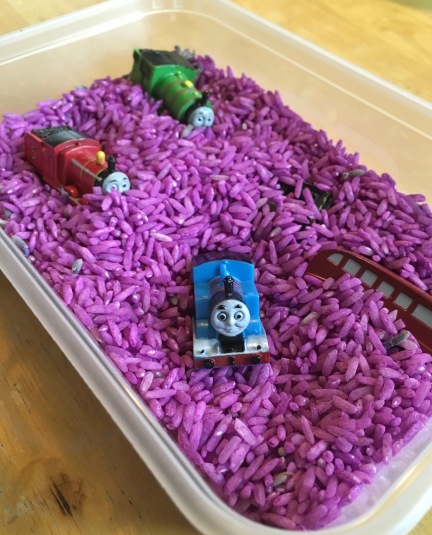
The children I work with have now been in school for four weeks, I have spent the time watching, observing, listening and getting to know them and then assessing them using the Thrive assessment. From this week we start the intervention work, the Ta’s and I start working together with the child to build up their sense of feeling safe, feeling they are special and meeting their needs.
During the observation period, it is so important to see the world through the child’s eyes; we often focus on what overwhelms the child, what they find hard but I also love to discover what it is that excites them, that they are fascinated by. Once we glimpse this, we can then incorporate this into the nurture work and sensory work we will be doing. We know that children respond well when they are doing activities that link to their interests. I am always encouraging early years practitioners to follow children’s interest, and I believe we need to do this also in the nurture role.
This year some of the interests are Thomas the tank engine, owls, and dinosaurs. One little boy told me this week, with such passion and depth of feeling how he “adores owls” as he told me about his love of owls he put his hand on his heart and said “ I love owls so much’. Until this conversation I wasn’t sure what made him happy, this one conversion brought him alive, his eyes were sparkling, he was animated and enthusiastic, this was the first time I had seen this response. Another child loves Thomas the tank engine, the one way to engage him is to talk about Thomas and the characters.
This week I will be hiding Thomas and his fellow engines in lavender sensory rice, I will be hiding dinosaurs in crazy soap, and I will be playing with owls, fabric and boxes. I know from experience that keying into the child’s interests and incorporating this into the nurture activities will engage them, it will help them to feel they have been noticed and valued and help them to feel special. It’s amazing how much emotion language you can use with Thomas the tank engine or a dinosaur!.